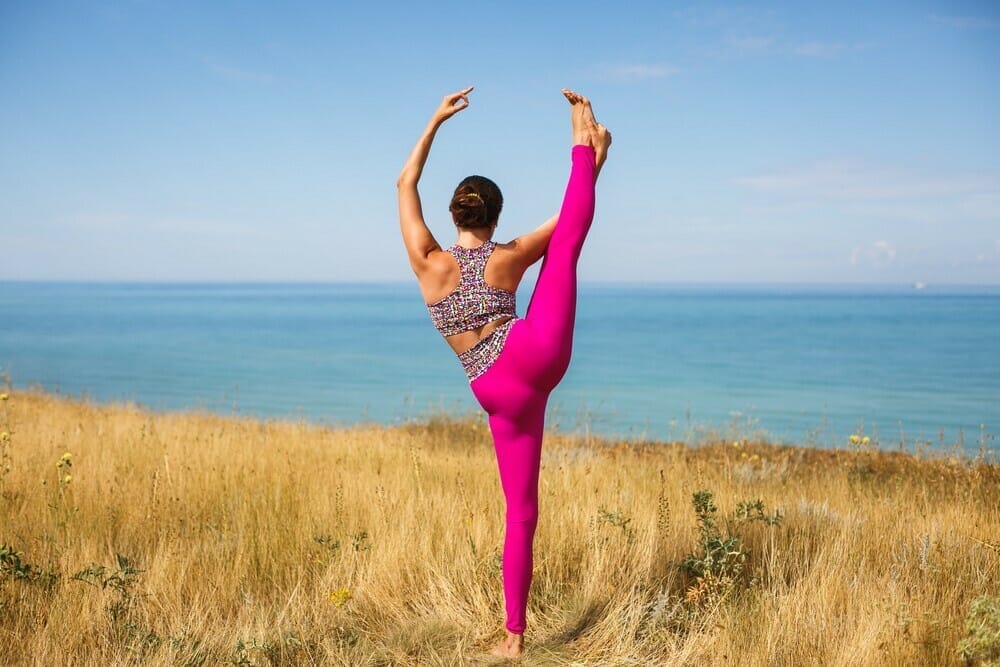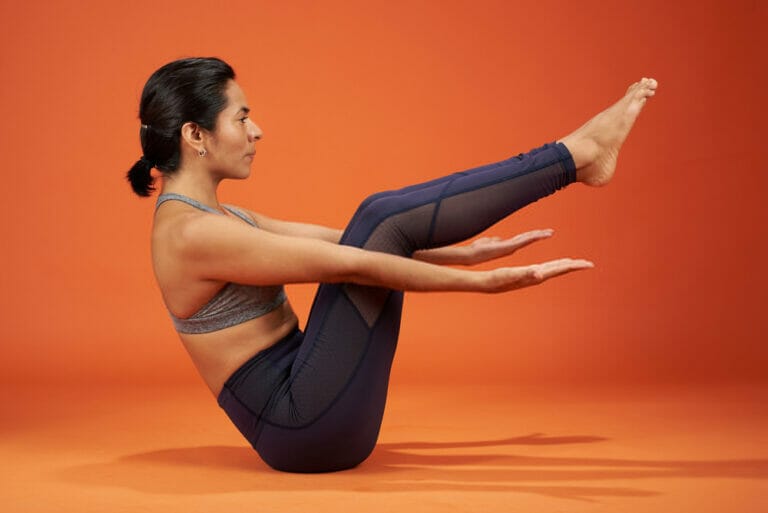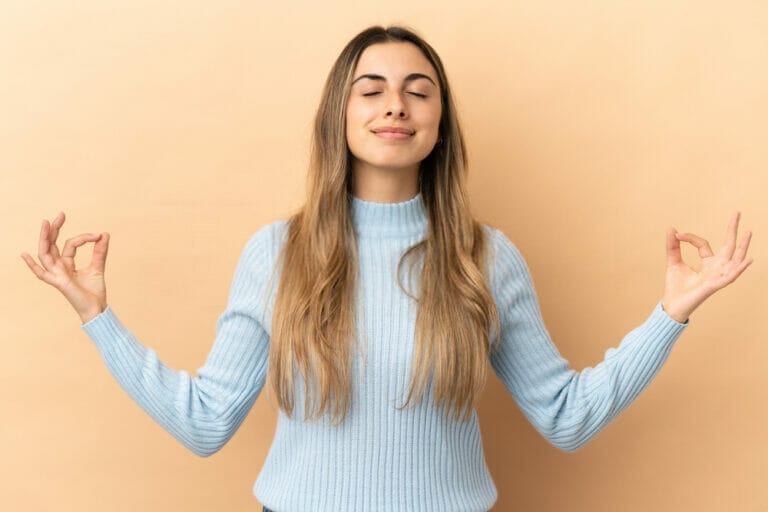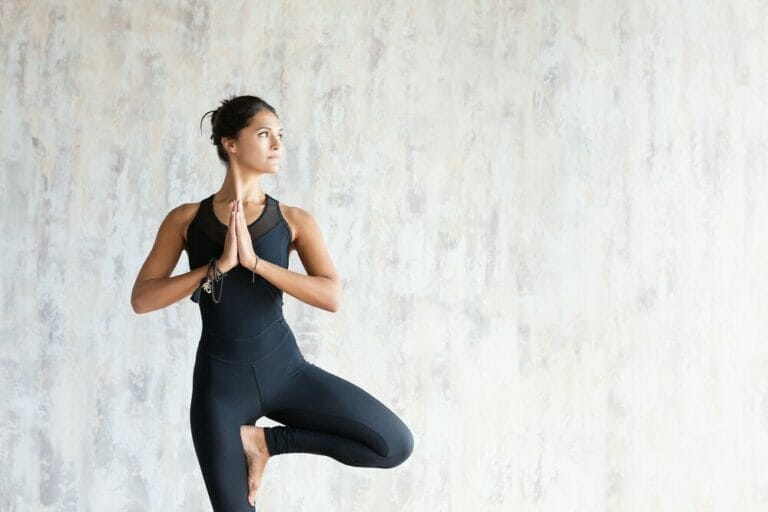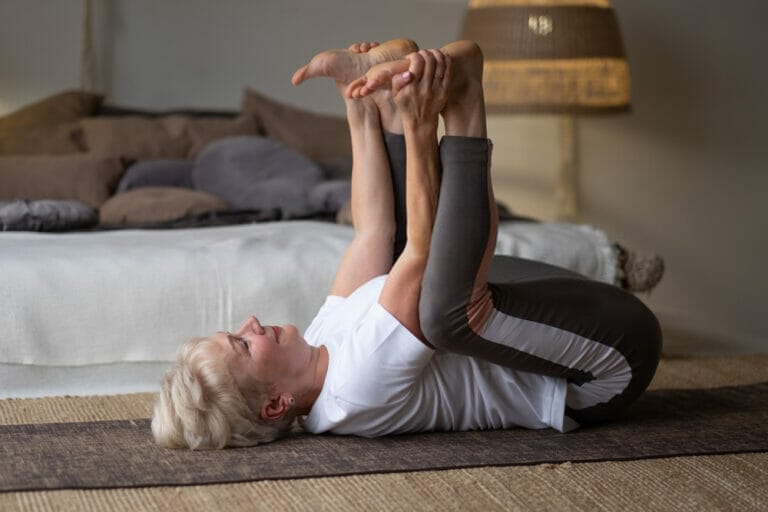Find Out Amazing Benefits Of One Leg Yoga Poses
Ever tried One Leg Yoga before? Ever thought it sounded like a curious mix of fitness and yoga? Well, you’re not alone. So many people are starting to try out this new form of exercise.
One Leg Yoga Poses are for everyone who likes yoga or wonders about the mysterious world of yoga. It is a unique kind of exercise.
It combines the benefits of traditional yoga with more conventional strength training exercises used to tone muscles.
One-leg poses are known for helping tone and strengthen the quadriceps and hamstrings muscles, as well as the core muscles of your body.
By doing one-leg poses, you can also improve your balance, muscle endurance, and flexibility.
When you start doing One Leg Yoga poses regularly, you will also notice a boost of energy. It is because you are stretching the muscles that make up your ligaments, tendons, and joints.
It also builds strength and stability while improving alignment, and makes a huge difference when running, weightlifting, doing plyometrics, or performing agility moves.
One Leg Yoga Poses are often described as a simple and easy way to start a fitness routine or an area of self-development.
However, if you’ve never tried doing yoga before, it may take some time to get the hang of it.
If you’re looking to start a fitness routine, One Leg Yoga poses are an excellent place to start. Let’s take a look at some of the One Leg Yoga poses:
Tree Pose (Vrksasana)
Tree pose is an ideal One Leg Yoga pose for beginners. It is one of the best poses for improving and strengthening the pelvis’s buttocks, thighs, and hip rotators.
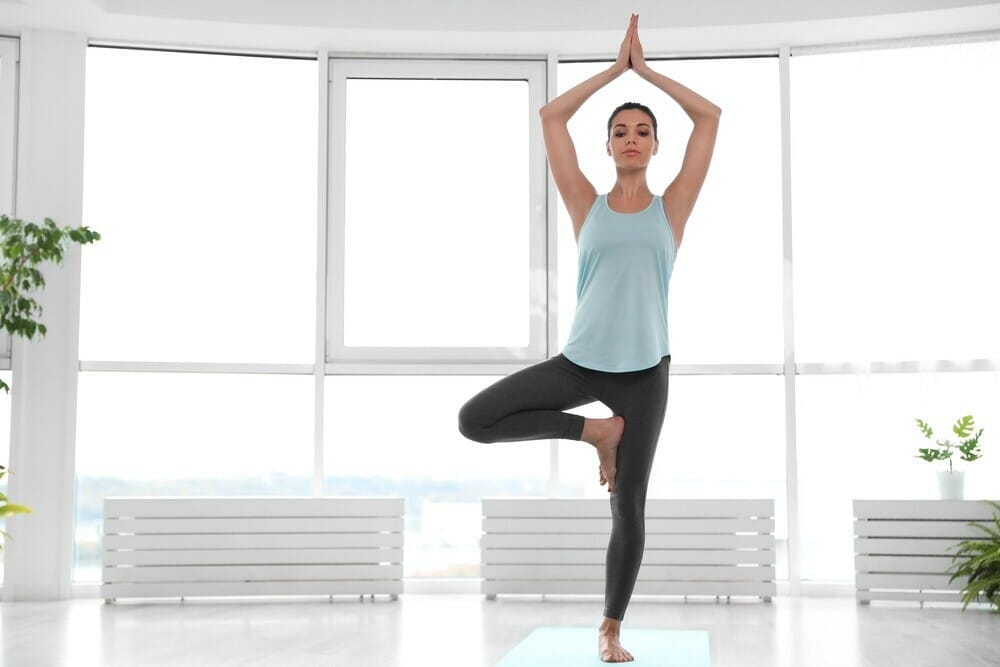
This exercise is also great for improving posture, maintaining your balance, and creating the body awareness that is important to yoga.
When you feel stable enough in this pose, try closing your eyes. When you’re able to do this without losing your balance, try to keep your body motionless.
You should feel the muscles in your thighs and back contract more as you hold this position.
Once you have improved your ability to hold a stable position, try going deeper into the pose! Again, keep your eyes closed and let go of all control at this point.
Eagle Pose (Garudasana)
Like in a tree pose, you’ll be balancing on one leg. But you will also need to rely on your hip flexibility and stability to wrap your legs around each other. The Eagle pose opens your chest and back, and it strengthens the hip abductors.
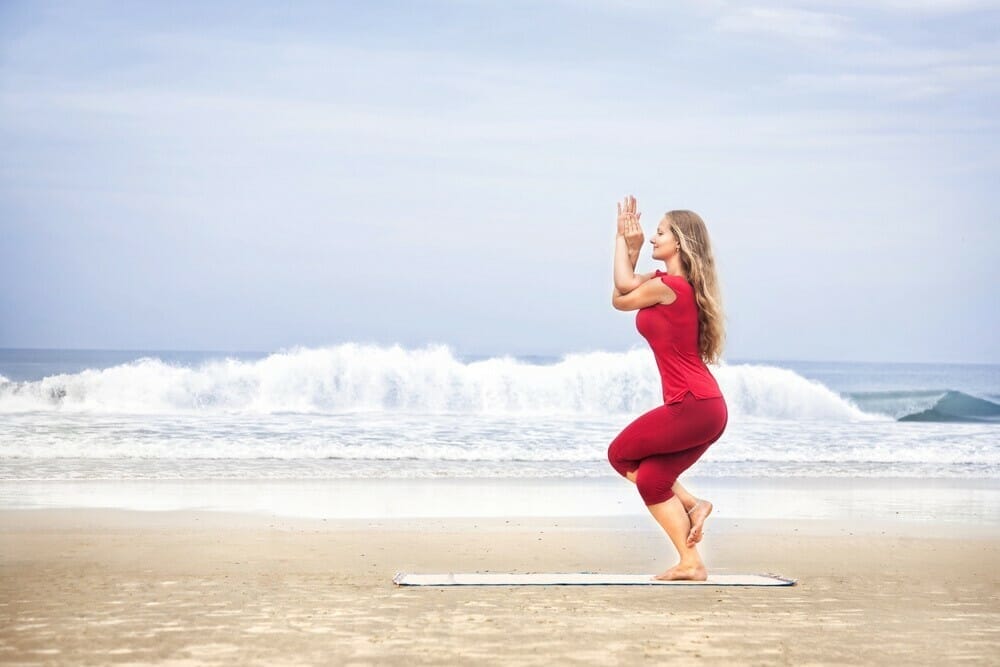
It is a perfect One Leg Yoga pose for beginners looking to improve flexibility and hip mobility.
Make sure that you're able to keep your balance in the initial position of this pose. If your balance is shaky, try holding onto a wall or a tree.
Once you’ve mastered the balance part of this pose, begin to straighten out your back. Feel the stretch in your hips as you open up your chest and back.
Cradle Pose (Hindolasana)
This Pose is often utilized as a warm-up for hip opening postures and leg stretches. A seated hip opener is a position that gently stretches your hamstrings, pelvic floor muscles, groin, and buttocks.
It also energizes the lower back and hips due to long hours at a desk. In Sanskrit, "hindola" means a cot with swinging motion, and "asana" stands for the posture or yoga pose.
Half Moon Pose (Ardha Chandrasana)
This yoga pose is called Half Moon because it’s a mirror image of the half-moon. Poses like this balance the body by stretching one side of the body while contracting the other.
The Ardha Chandrasana is a great pose that helps balance out the moon energies in the body. Lunar energies are channelized in this pose.
The torso’s movement towards the floor engages a steady balance with a relaxed mind.
It also strengthens the muscles like the Hamstrings, Hips, Psoas, Quadriceps and, at the same time, supports the Core (Abs). The pose also helps to strengthen the ankles and improve balance.
Warrior III (Virabhadrasana III)
It is an intermediate balancing pose in yoga. This standing posture creates stability throughout your body by integrating all muscles throughout your core, arms, and legs.
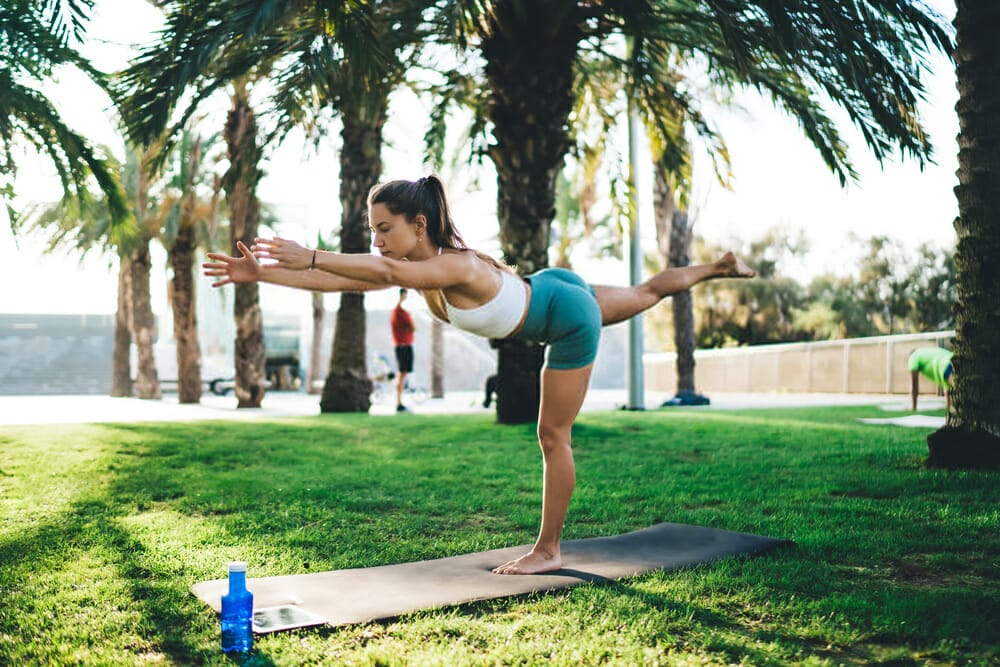
Warrior III is a yoga pose that strengthens the whole backside of your body, including your shoulders, hamstrings, calves, and back. In addition, the warrior III pose strengthens and tones abdominal muscles.
It improves balance and posture, as well as full-body coordination. This pose is suitable for people who have trouble focusing and improves concentration.
Extended Hand-to-Big-Toe Pose (Utthita Hasta Padangustasana)
It is a challenging balancing pose in yoga that requires a fair amount of hamstring flexibility. This yoga pose works the upper body and core.
It engages the hamstrings and quadriceps, as well as the arms, shoulders, and core. This pose generates internal heat in your body while increasing your flexibility.
In addition, practising this posture can help you move more freely in other poses.
Lord of the Dance Pose (Natarajasana)
It is a balancing pose in yoga that works on many different parts of your body, including your legs, shoulders, and core.
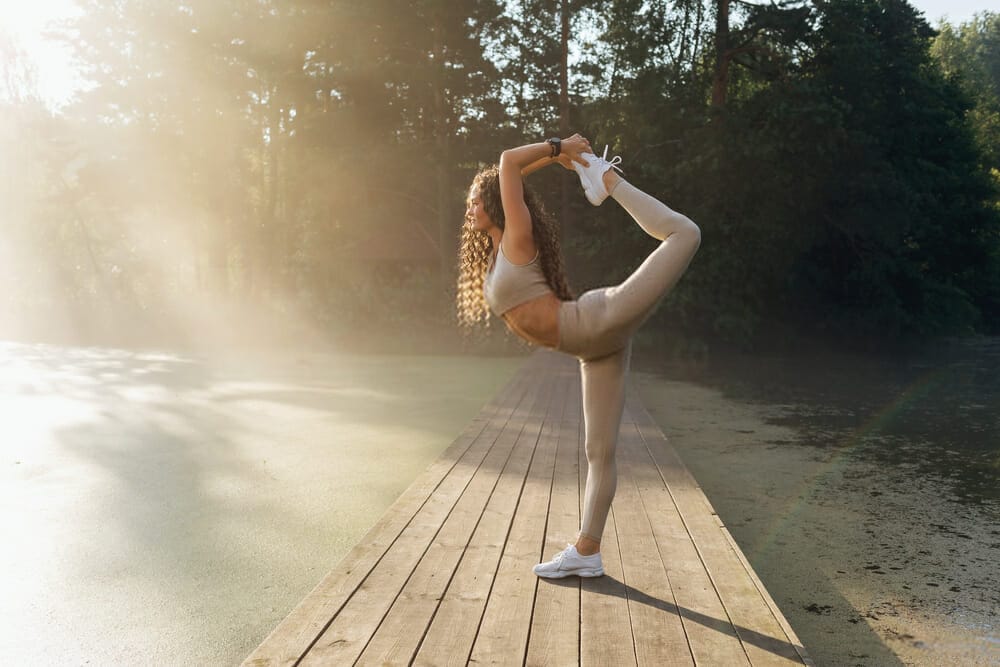
Lord of the Dance Pose helps you fluidly stabilize your limbs; create power, and release stress from your body through deep, slow breaths; prepare for more advanced poses to come.
It offers an excellent opportunity to develop strength, stability, and flexibility in all areas of your body. This pose also stimulates deep relaxation in your body.
Conclusion
Balance poses are an essential part of yoga for several reasons. There are so many incredible benefits to practising these asanas regularly. They improve your flexibility and help you to maintain your balance in other activities.
Balance poses can also increase your confidence, reduce stress, lower blood pressure, and even improve your bladder control.
Learning how to balance can be difficult at first, but it gets easier over time with practice. For example, try balancing on one foot. Don’t force yourself to do it immediately; take your time and stay focused – it’ll become easier over time.
One-leg Yoga poses are a great addition to any yoga practice. Try adding these poses to your daily routine, or do them all at once for an extra challenge. Remember to be patient and take your time to feel the benefits.
I hope this yoga post helped you! Please comment below and let me know down below what your favourite yoga asana is.

